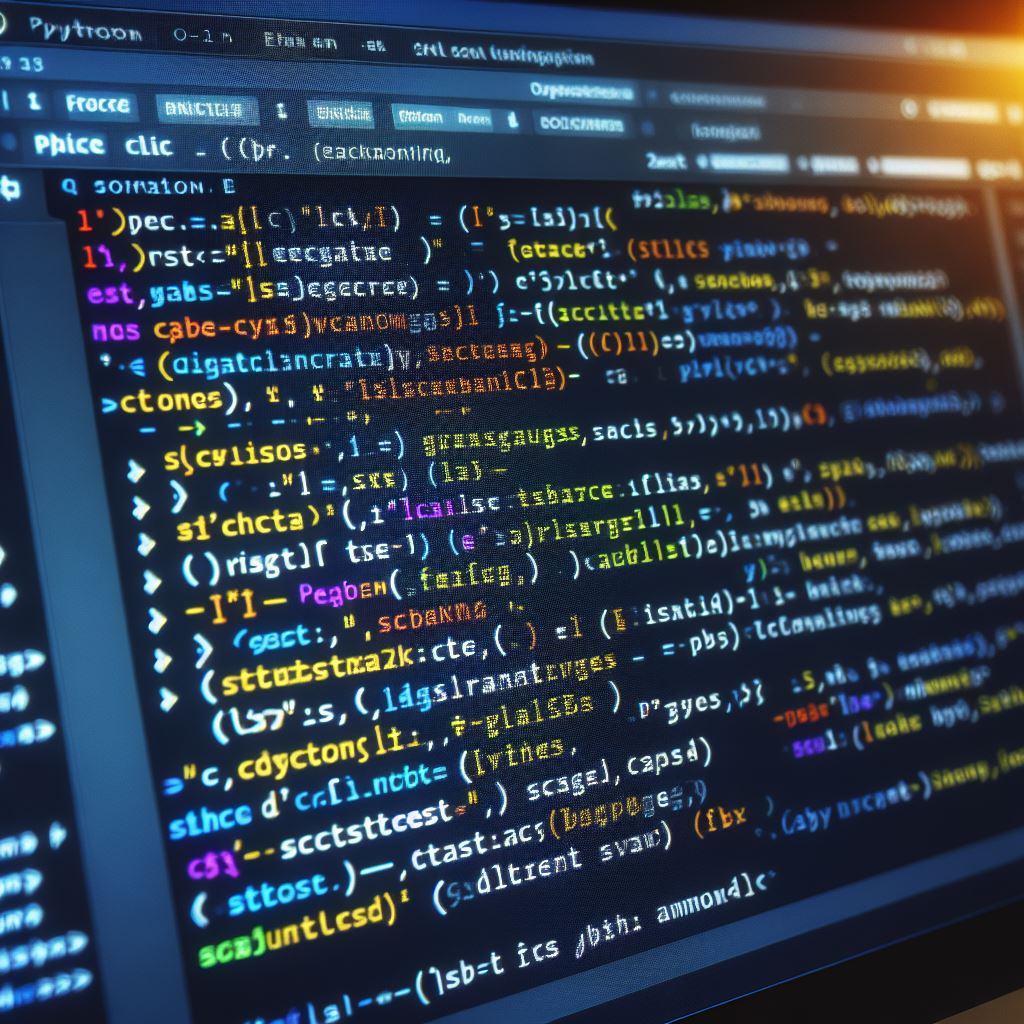Understanding the Basics Of Python Decorators :
 Bro Gramming
Bro Gramming
In Python, decorators are a mechanism for dynamically altering the behavior of functions or methods. They provide a concise syntax for applying functions to other functions, typically enhancing or modifying their functionality. Decorators are often used for tasks such as logging, timing, memoization, and more.
Let's break down the basics with a simple example:
```python
def my_decorator(func):
def wrapper():
print("Something is happening before the function is called.")
func()
print("Something is happening after the function is called.")
return wrapper
@my_decorator
def say_hello():
print("Hello!")
say_hello()
In this example, `my_decorator` is applied to the `say_hello` function. When `say_hello` is invoked, it essentially calls the `wrapper` function created by the decorator. This allows for additional actions to be taken before and after the original function execution.
Practical Applications:
Decorators find practical applications in scenarios where you want to augment the behavior of functions. Consider a logging decorator:
def log_function_call(func):
def wrapper(*args, **kwargs):
print(f"Calling {func.__name__} with arguments {args} and keyword arguments {kwargs}")
result = func(*args, **kwargs)
print(f"{func.__name__} returned {result}")
return result
return wrapper
@log_function_call
def add(a, b):
return a + b
result = add(3, 5)
Here, the `log_function_call` decorator provides insights into the function call, aiding in debugging or monitoring application behavior.
Creating Your Own Decorators:
Custom decorators can be crafted to address specific needs. For example, a timing decorator:
import time
def timing_decorator(func):
def wrapper(*args, **kwargs):
start_time = time.time()
result = func(*args, **kwargs)
end_time = time.time()
print(f"{func.__name__} took {end_time - start_time:.2f} seconds to execute")
return result
return wrapper
@timing_decorator
def slow_function():
time.sleep(2)
print("Function executed")
slow_function()
Here, the `timing_decorator` measures the time it takes for the decorated function to execute, providing performance insights.
Advanced Decorator Techniques:
Building on the basics, decorators can be parameterized for increased flexibility:
def parametrized_decorator(param):
def decorator(func):
def wrapper(*args, **kwargs):
print(f"Decorator parameter: {param}")
result = func(*args, **kwargs)
return result
This illustrates how decorators can accept parameters, allowing for more dynamic behavior.
Chaining and Nesting Decorators:
Decorators can be chained or nested, combining multiple functionalities:
@decorator1
@decorator2
@decorator3
def my_function():
print("Executing function")
Or nested:
@decorator1
@decorator2
def my_function():
print("Executing function")
Understanding how to maintain readability and order when using multiple decorators is crucial.
pitfalls and Best Practices:
While decorators offer powerful capabilities, it's essential to be aware of potential pitfalls. Common issues include handling mutable objects and avoiding namespace clashes. Adhering to best practices ensures that decorators enhance code functionality without introducing unnecessary complexity or bugs.
In conclusion, mastering Python decorators involves a journey from understanding the basics to crafting custom decorators and employing advanced techniques. Their versatility makes them a valuable tool in a Python programmer's arsenal, providing an elegant and reusable way to enhance the functionality of functions and methods.
Subscribe to my newsletter
Read articles from Bro Gramming directly inside your inbox. Subscribe to the newsletter, and don't miss out.
Written by

Bro Gramming
Bro Gramming
I'm Bro Grammer, a dynamic and results-driven programmer recognized for my exceptional coding skills and passion for technology. With a keen eye for detail, I specialize in crafting clean and efficient code that meets the highest industry standards. I pride myself on being a collaborative team player, always ready to contribute innovative solutions and ideas to enhance project outcomes. My expertise extends across various programming languages, with a particular focus on Python, JavaScript, and C++. I'm known for my ability to solve complex problems and bring a strategic mindset to development projects, ensuring they align with both business objectives and user experience. Beyond coding, I'm a continuous learner, staying up-to-date with the latest industry trends and technologies. My commitment to professional growth encompasses not only mastering programming languages but also staying informed about best practices in software development, agile methodologies, and emerging tools. In addition to my technical prowess, I pride myself on effective communication, translating intricate technical concepts into accessible information for diverse audiences. My experience collaborating with cross-functional teams and adapting to evolving project requirements makes me an asset in fast-paced development environments. My commitment to excellence, combined with genuine enthusiasm for programming, allows me to stand out as a valuable contributor to any software development initiative. Whether it's developing scalable applications, troubleshooting complex issues, or implementing innovative solutions, I bring a blend of technical expertise and a collaborative spirit to every project I undertake.